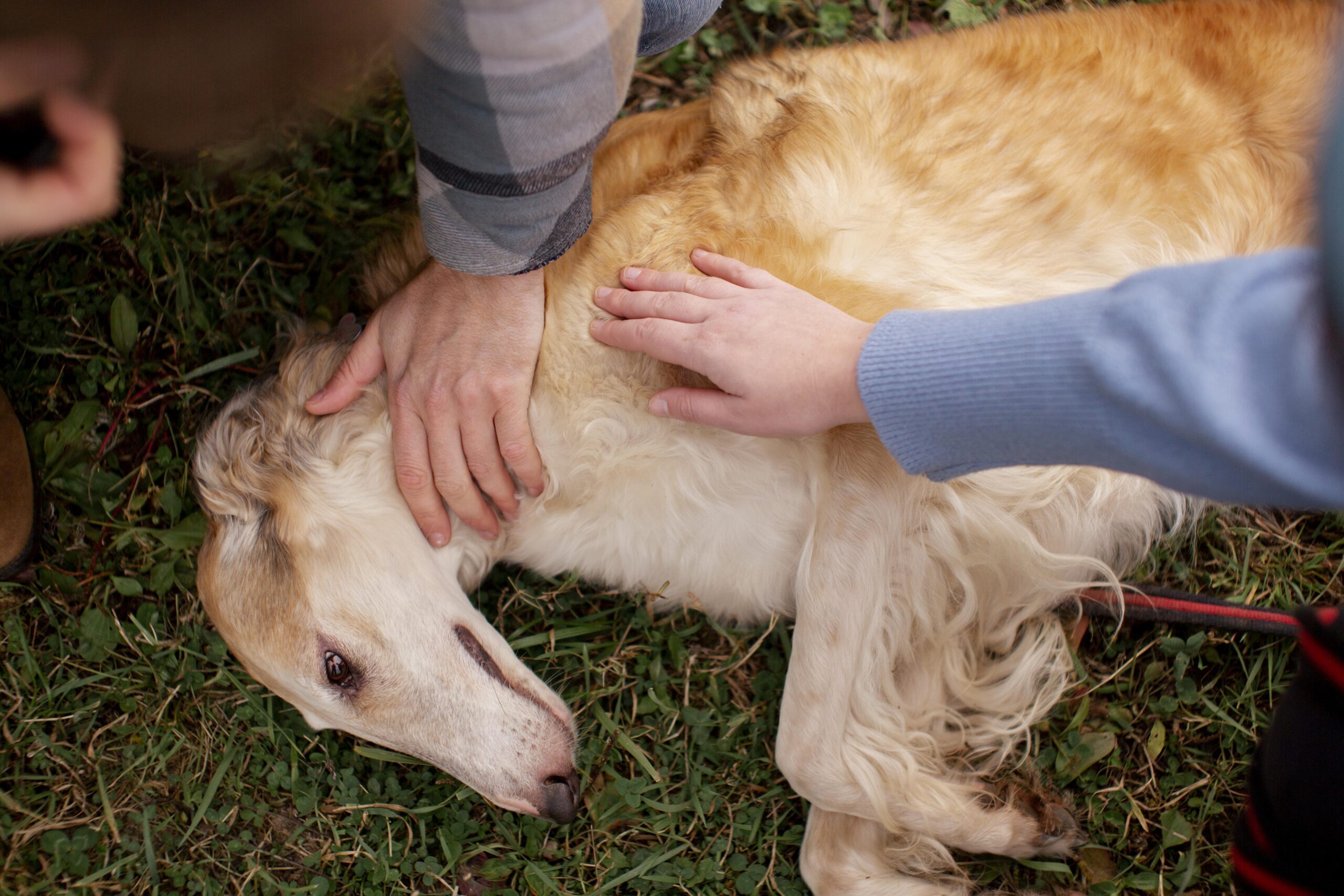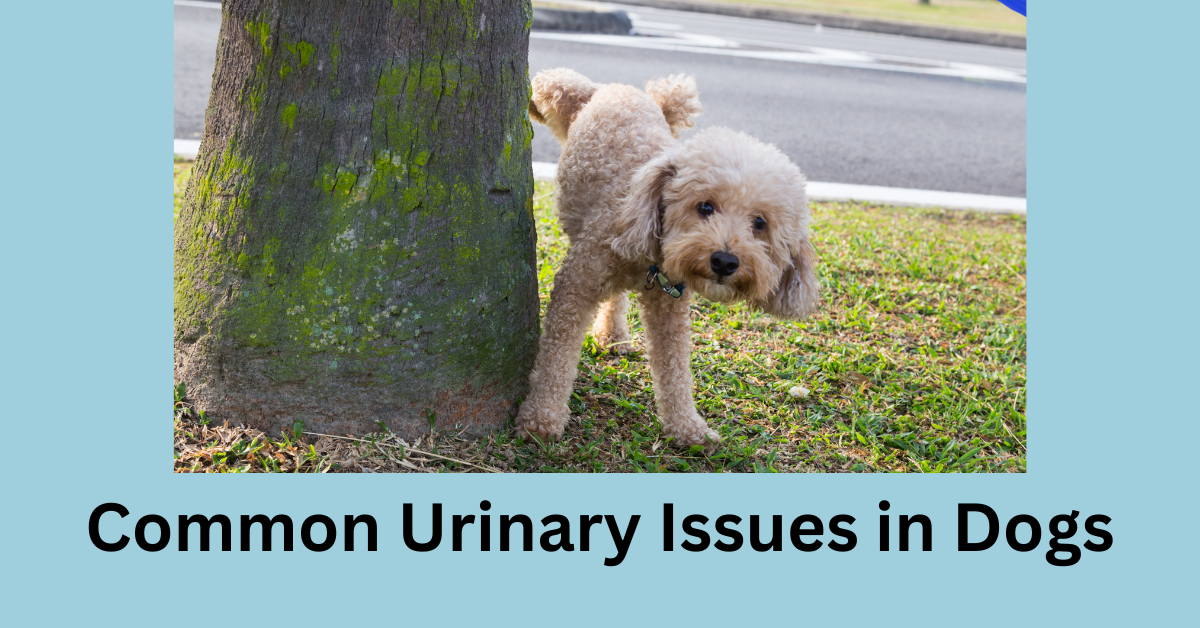Meta Description:
Are you concerned about the lump on your dog’s skin? Discover the most common skin tumors in dogs, their treatment options, and how to keep your dog healthy.
Introduction
Have you ever noticed a strange lump or bump on your dog’s skin? It can be a scary sight especially if your dog is showing signs of discomfort. However, before you imagine the worst case scenario! Take a deep breath as most skin tumors in dogs are benign and can be easily treatable.
In this informative guide, we will take a look at the most common skin tumors in dogs, their treatment, and symptoms so you can navigate the confusing terrain of doggy bumps and keep your furry friend healthy. Remember early detection is the first step, so keep an eye on your dog and don’t hesitate to consult a vet if you find unusual lumps on your dog’s skin.
5 Common Skin Tumors In Dogs
Although most tumors in dogs are not malignant, you have to be cautious and be quick to visit the vet once you find a lump on your furry friend.

Lipomas
A lipomas is a non-cancerous tumor that is prevalent in middle aged or older dogs. These are soft, fatty lumps that can grow anywhere ranging from chest to the limbs. However, the most common place where these lumps are noticed is under the skin near the fat.
The symptoms might differ from dog to dog, so it is best to see a veterinarian right away. When it comes to appearances some are oval-shaped, while others are spherical and have a squishy or solid touch. These tumors are soft when you touch, moveable under the skin, and have slow growth.
Veterinarians call these tumors gentle giants because of their painlessness. The thing that you need to look out for is that some kinds have infiltrative capabilities, which means they can permeate the body’s tissues, however they are typically located just beneath the skin.
The dogs that get most affected by this tumor are:
- Doberman Pinschers
- Labrador Retrievers
- Miniature Schnauzers
- Mixed breed dogs
Its diagnosis involves taking a sample and examining it under the microscope to find traces of mature lipocytes. Surgery is the last resort to remove the lump. However, depending on the size and the location, some vets prefer to leave the lipomas alone.
Cutaneous Histiocytoma
While discovering lumps can be unsettling, some lumps like Histiocytoma are mostly benign and regresses in a few months. These tumors originate from immune cells known as histiocytes and affect young dogs.
The dogs bread that are the most affected are:
- Collies
- Chinese Shar Pies
- Sheepdogs
- Golden retriever
- German shepherd

When it comes to appearance and looking for clues, you need to watch out for round, hairless, pink-reddish lesions. They are often referred to as button tumors due to their outward shape.
In the beginning, they may grow rapidly and often ulcerate. However, in four to eight weeks they regress and disappear. If the tumors show no sign of stopping and are getting worse, then surgical removal is typically considered.
Depending on the location, the tissue sample can be obtained through following ways:
- Needle Aspiration
- Full excision biopsy
- Punch biopsy
After that, the vet will examine the sample by either histopathology or cytology and further medicines or surgery will be recommended.
Mast Cell Tumors
It is one of the most common skin tumors in dogs, constituting 16-21% of the reported cases. Mast cells are white blood cells that regulate the immune system, and they can become malignant when they divide abnormally and form tumors. These tumors frequently appear as red lumps that vary in size and shape, and people frequently mix them with skin conditions such as warts or simple lumps.
These tumors are small and moveable at first, but they can grow aggressive over time and cause severe allergic reactions. This is why you need to be on the watch so that your dog’s health does not deteriorate and they receive proper treatment. The main symptoms include:
- Weakness
- Vomit
- Diarrhea
- Swelling of face and limbs
- Lethargy
Certain dog breeds like boxers, Labrador Retrievers, and Bull Terriers are most prone to mast cell tumor. The treatment of this disease depends on the staging and early detection. For instance:
- If the tumor is at the first stage and hasn’t invaded other organs, then it can be surgically removed.
- High-grade masses that have reached lymph nodes and other organs may need chemotherapy and other treatment recommended by the vet.
- If the tumor has become too big and cannot be removed, then radiation therapy is used by the doctors.
The good news is that these tumors are very distinct in their nature and can be easily detected. So next time you see a lump, contact the vet immediately.

Papillomas
Don’t panic if you see a cauliflower-shaped bump on your dog’s lips or eyes. These are papillomas, often known as warts, which are most common in young dogs due to their maturing immune systems.
These tumors are of two types:
- Oral
- Cutaneous
Oral papillomas is contagious and can spread from one dog to another. These are growing hard masses and may break and ulcerate. It often regresses after some months but incase of persistence chemotherapeutic agents are used to get rid of it.
Cutaneous papillomas are non-viral and more prevalent in older dogs. They have a whitish appearance and mostly appear on the head, feet, and around the eyes.
Veterinary professionals use fine needle aspiration to detect warts, and if the results remain ambiguous, they may perform a biopsy. As a preventative step, your dog should not scratch or bite the warts, as this can cause inflammation, infection, and bleeding.
Fibrosarcoma
Fibrosarcoma are cancerous tumors that develop from fibrous connective tissues. They can appear on multiple spots like the nose, mouth, bones, and under the skin. The good news is they have slow growth but can be aggressive, invading other organs and tissues.
Research has shown that. fibrosarcoma have the ability to spread to otheronly 10% of the which means you can save your dog with early detection. Yes! That’s a relief. Certain breeds like Golden retrievers, Gordon setters, and Doberman Pinschers are more prone to getting this tumor so you need to watch out.
Look out for these symptoms in your dogs:
- Pain
- Nasal drainage
- Poor appetite
- Facial deformity
- Bad breath
Samples are collected by inserting needles into the mass for diagnosis. Furthermore, grades are given to this tumore with grade 1 being the least aggressive to grade 3 which is the most aggressive. Doctors resort to surgery or chemotherapy to deal with this disease and other medications are also suggested to accelerate the treatment.

Preventive Measures You Need To Take For Your Dog
Here are certain preventive measures you need to take to save your dog’s life.
- Regular check-ups to catch the tumors early.
- Minimize the sun exposure as it can lead to skin tumors.
- Keep a healthy and balanced diet for your dog.
- Reduce the dogs exposure to environmental toxins like pesticides or other chemicals.
- Be on the lookout for any changes in your pets skin
FAQ
Q: What can cause skin tumors in dogs?
A: The causes can vary depending on the tumor. The main reasons for tumors are environmental factors, viral infections, and age related factors. Some tumors are spontaneous and may disappear on their own.
Q: Are all tumors cancerous?
A: No, all tumors are not skin cancer. Some are non-cancerous and easily treatable. You need to consult your vet as soon as you detect a lump so they can determine the right medicine and diagnosis.
Q: Are skin tumors more prevalent in some breeds?
A: Yes! Boxers and Bull Terriers are more prone to mast cell tumors, while Labrador retrievers and older dogs can get lipomas. You need to be vigilant and consult the vet if you see any lumps.
Conclusion
It is understandable that panic takes over you if you detect a lump on your dog’s skin. However, most tumors, even cancerous, can be treated with early detection. So next time you notice any bump do not waste any time and set the next appointment for your dog’s checkup.





